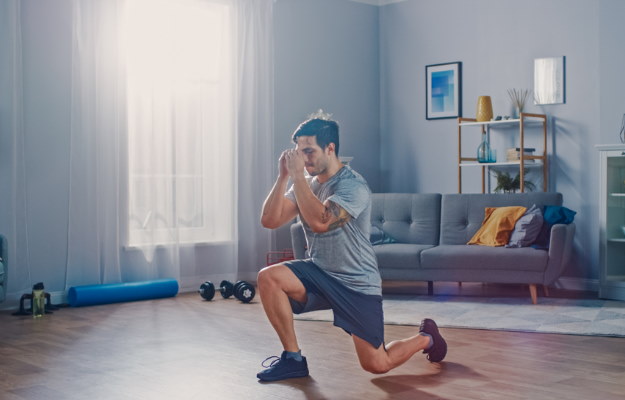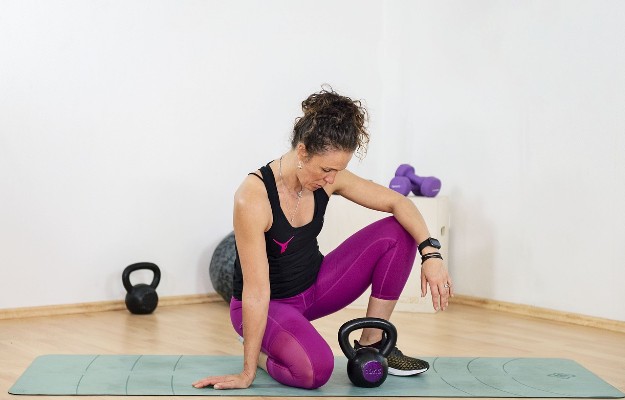A strong back is the foundation of an upright stance, good posture and balance in the human body. While people are obsessed with building muscles by weight training and other forms of exercise, they focus more on building bigger arms, chest and abs, but seldom think about their back muscles as much.
The back is one of the larger muscle groups in the human body. Multiple forms of exercises can help make the back stronger as well as more well-defined, but the basic, most fundamental movements are extremely beneficial for keeping the back healthy and strong.
Much like how push-ups or squats work towards building stronger muscles in the chest and legs respectively, the pull-up does the same for our back muscles. The pull-up can strengthen the entire back, as swiftly moving up and then coming back with a slow movement activates all the muscles. While multiple exercises are needed to work on different muscle groups, this one single compound movement is good enough for such an important part of the body.
You can perform a pull-up in several variations to target the back differently. But first, one must get acquainted with the basic movement.









































